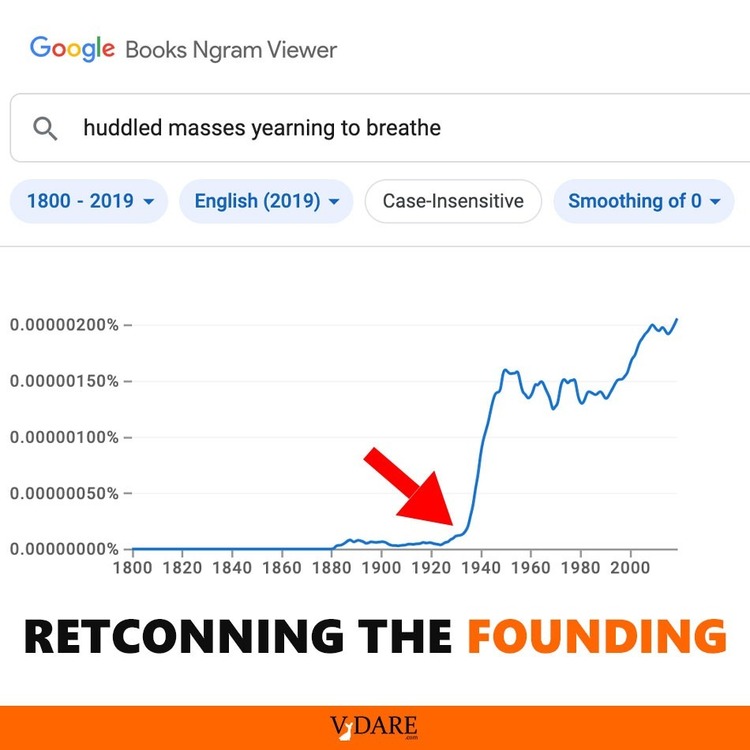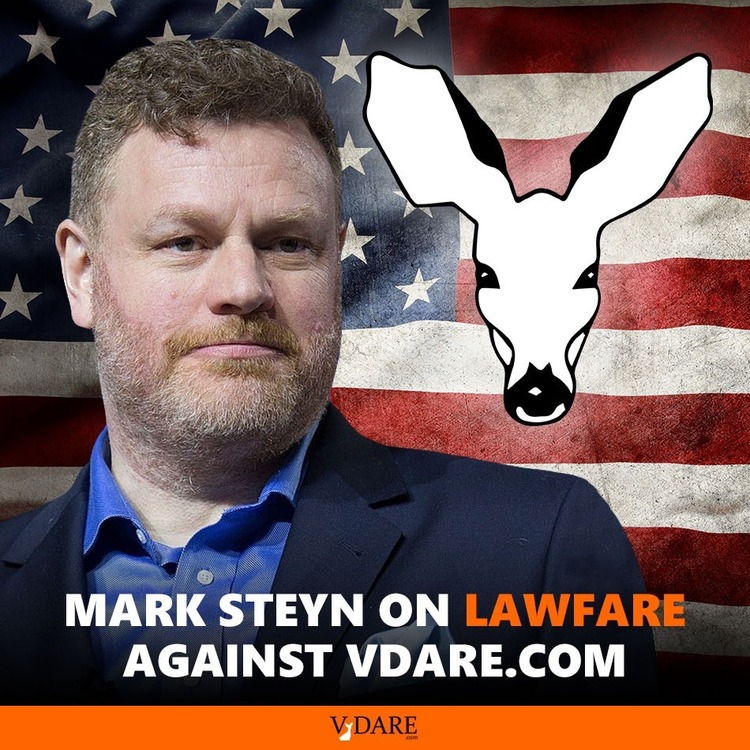Back in 2013, I blogged:
Hotbed of racists uncovered: Minnesota schoolteachersSo the St. Paul school district administration started a jihad against all those obviously racist teachers it employs. How do the downtown higher ups in their child-free conference rooms know that their underlyings are vicious bigots? Because Data: teachers and principals were suspending blacks more often than Lake Wobegon Lutherans. Now, Minneapolis City Pages has a report on how the new anti-racist policy is working out:One of the weirder aspects of our never-ending War to Sniff Out Racists is that many of the accused witches are nice liberal anti-racists themselves. For example, what percentage of Minneapolis-St. Paul public schoolteachers voted for Obama? Maybe 75%, right?
Well, they still smell racist. Just look at ‘em. And we can prove they’re evil because Data.
Distrust and Disorder: A Racial Equity Policy Summons Chaos in the St. Paul Schools By Susan Du Wed., May 27 2015 at 3:00 AM Comments (68)…. Harding has suffered a breakdown of safety and order.
When the bell sounds the start of class, students remain in the halls. Those who tire of lectures simply stand up and leave. They hammer into rooms where they don’t belong, inflicting mischief and malice on their peers. Teachers call it “classroom invasion.”
Instructors who break up fights get beaten in the process, thrown into bookcases while trying to bar their doors.
Says Brandt: “There is a sizable chunk of students that — for a variety of very complex reasons — don’t know how to behave in a decent, sociable way with other people in a school setting.”
Harding’s tribulations are reflected in schools district-wide, most of which have undergone bold changes. …
Two years ago, kids who’d spent their academic lives in specialized classrooms for behavioral issues and cognitive disabilities were mainstreamed into general classes, along with all the kids who spoke English as a second language. More than 3,000 made the transition.
The district also shifted its thinking on discipline, influenced by data that showed black kids being suspended at alarming rates. Such punishment would now come as a last resort. Instead, disruptive or destructive students would essentially receive a 20-minute timeout, receive counseling by a “behavioral coach,” then return to class when they calmed down.
The changes came at the behest of Superintendent Valeria Silva. When she took up the torch of St. Paul’s schools in 2009, she inherited an urban district like so many others — one with a dire achievement gap between students of color and their white counterparts.
She charged teachers with the job of fixing this gap, lest they be complicit in the cycle of poverty among black and brown communities.
Silva’s solution, called Strong Schools, Strong Communities, was touted as “the most revolutionary changes in achievement, alignment, and sustainability seen within SPPS in the last 40 years.” At least according to the district’s website.
To kick it off, St. Paul spent more than $1 million on Pacific Educational Group, a San Francisco consulting firm that purports to create “racially conscious and socially just” schools.
Pacific offered racial equity training for teachers and staff, where they practiced talking about race. Teachers were asked to explore their biases, to preface their opinions with “As a white man, I believe…” or “As a black woman, I think….”
“The work begins with people looking at themselves and their own beliefs and implicit biases,” says Michelle Bierman, the district’s director of racial equity. If teachers could recognize their subconscious racism, everyone would work together to bridge the gap.
The final piece was a tech rollout. Since St. Paul wanted to fit students of widely differing skills into the same classes, teachers needed to customize lessons for individual kids. In 2011, the district invested $4.3 million in Dell for a website that offered videos, homework, and quizzes. But Dell delivered an embarrassingly archaic site, and the deal collapsed within three years. Students received iPads last year instead.
Teachers were expected to rally to Silva’s call. They were to aggressively accelerate the skills of students who’d struggled for years while simultaneously challenging middle-of-the-road learners. And they had to do it while spanning languages from Hmoob to Espanol, Karen, and Soomaali.
The special ed and foreign language students began arriving in the middle of the 2013 school year. They were thrust into classes far too rigorous for their skills, prompting them to act out and flee.
Meanwhile, the new discipline plan wasn’t working. If a child threw a tantrum, behavioral coaches would intervene with short-term counseling, which often failed to prevent kids from acting out time and time again.
Becky McQueen, who comes across as a five-foot-three mother hen, heads Harding’s college prep program for middle and low-income kids. She says the percentage of kids causing problems at Harding is very small, and they’re not all special ed. Last spring, when she stepped into a fight between two basketball players, one grabbed her shoulder and head, throwing her aside.
The kid was only sent home for a couple of days.
In March, when a student barged into her class, McQueen happened to be standing in the doorway and got crushed into a shelf. The following week, two boys came storming in, hit a girl in the head, then skipped back out. One of them had already been written up more than 30 times. …
But most teachers are afraid to speak out. Tenure, after all, doesn’t come until after three years on the job. And even those with tenure fear transfers and endless performance evaluations.
At John A. Johnson Elementary on the East Side, several teachers, who asked to remain anonymous, describe anything but a learning environment. Students run up and down the hallways, slamming lockers and tearing posters off the walls. They hit and swear at each other, upend garbage cans under teachers’ noses.
“We have students who will spend an hour in the hallway just running and hiding from people, like it’s a game for them,” says one despondent teacher. “A lot of them know no one is going to stop them, so they just continue.”
… And those who speak out are race-shamed into silence.
“There is an intense digging in of heels to say there is no mistake,” says Magnuson. “For the people who are saying there has been a mistake, the practice deflection is that people like me have issues with racial equity and that is the reason we are challenging them. That makes for a very convenient way of barring the reality of the situation.”











